Since the Industrial Revolution, the world's population has exploded, from less than 700 million in 1700 to 7 billion today.
To feed this growing population, we have expanded arable land, pumped up groundwater for irrigation, and used chemical fertilizers
and pesticides to increase food production, which has led to deforestation and the continued drastic decline of species. In
addition, the consumption of large amounts of natural resources and the expansion of material production in pursuit of a better
life has resulted in a large amount of waste that is having a serious impact on the environment. Under these circumstances,
there is a rapidly growing call for the realization of a sustainable world that takes the global environment into consideration.
In this course, students approach the problems of the global environment from the viewpoint of materials and energy, and learn the knowledge and principles of "chemistry," which are indispensable for solving these problems. As a finishing touch, students will conduct individual or group investigations and write reports on new technologies that will enhance sustainability.
The fundamentals of chemistry that you will learn in this class will surely be useful as a basis for your scientific thinking when you are interested in global environmental issues and involved in activities to realize a sustainable world, even after you have graduated from college or university.
In this course, students approach the problems of the global environment from the viewpoint of materials and energy, and learn the knowledge and principles of "chemistry," which are indispensable for solving these problems. As a finishing touch, students will conduct individual or group investigations and write reports on new technologies that will enhance sustainability.
The fundamentals of chemistry that you will learn in this class will surely be useful as a basis for your scientific thinking when you are interested in global environmental issues and involved in activities to realize a sustainable world, even after you have graduated from college or university.
Students will acquire the knowledge and principles of chemistry necessary to understand various issues related to the global
environment, and will be able to understand news reports in newspapers, magazines, and television from a chemical perspective.
In addition, students will be able to resume their studies of chemistry on their own when they need more specialized knowledge
in the future. Students will also learn problem-solving learning methods through research activities on new technologies to
enhance sustainability.
| Goals and objectives | Course Outcomes | |
|---|---|---|
| 1. | You understand the properties of the elements in relation to the periodic law. You also understand the types of bonds between atoms that make up matter and the characteristics of each type of bonds. |
3.
|
| 2. | You can explain the mechanisms of air pollution, ozone depletion, global warming, water pollution and acid rain, and their countermeasures from a chemical perspective. |
3.
|
| 3. | You can explain the advantages and disadvantages of various energy resources, taking into account their impact on the global environment. |
3.
|
| 4. | You can explain the properties of plastics and their production and recycling methods, based on your chemical knowledge. |
3.
|
| 5. | You are able to research materials and summarize in a report new technologies that enhance sustainability. You are also able to give convincing explanations on such chemistry related topics. |
3.
|
| Quizzes and Exercises | Evaluation of Report | Total. | |
|---|---|---|---|
| 1. | 10% | 0% | 10% |
| 2. | 20% | 5% | 25% |
| 3. | 20% | 5% | 25% |
| 4. | 10% | 5% | 15% |
| 5. | 25% | 25% | |
| Total. | 60% | 40% | - |
| Class schedule | HW assignments (Including preparation and review of the class.) | Amount of Time Required | |
|---|---|---|---|
| 1. | Guidance (class achievement objectives, class procedures, grading methods) Introduction: · Extreme Weather · What is sustainable development? · Ecological Footprint |
Research the Sustainable Development Goals (SDGs). | 40分 |
| 2. | Atmospheric Chemistry and Air Pollution (1): · Evolution of the Earth's Atmosphere · Atmospheric Composition · Causes of air pollution · Photochemical smog |
Take notes on what you learned in the previous class. Read Chapter 2, Sections 2.1-2.4 of the textbook. | 160分 |
| Calculate your own ecological footprint using the "Diagnostic Quiz" from Ecological Footprint Japan. https://ecofoot.jp/personal-calculator/ |
40分 | ||
| 3. | Atmospheric Chemistry and Air Pollution (2): · Acid rain · Health hazards caused by air pollution · Measures to prevent air pollution |
Take notes on what you learned in the previous class. Read Chapter 2, Sections 2.5-2.7 of the textbook. | 200分 |
| 4. | Water Chemistry and Water Pollution: · Water as a resource · Water Pollution · Acidification of seawater · Water Supply and Sewage |
Take notes on what you learned in the previous class. Read Chapter 3 of the textbook. | 200分 |
| 5. | Ozone Layer Depletion and Protection: · Formation Mechanism of Ozone Layer · Ozone hole · Ozone Layer Protection Measures |
Take notes on what you learned in the previous class. Read Chapter 4 of the textbook. | 200分 |
| 6. | Climate Change (1): · Heat budget of the earth · Causes of Climate Change · Sources of greenhouse gases and their countermeasures |
Take notes on what you learned in the previous class. Read Chapter 5, Section 5.1 of the textbook. | 200分 |
| 7. | Climate change (2): · Prediction of climate change · Measures to cope with climate change |
Take notes on what you learned in the previous class. Read Chapter 5, Sections 5.2-5.3 of the textbook. | 200分 |
| 8. | Energy resources and sustainability (1): · Energy consumption in the world and Japan · Fossil fuels |
Take notes on what you learned in the previous class. Read Chapter 6, Sections 6.1-6.3 of the textbook. | 200分 |
| 9. | Energy resources and sustainability (2): · Nuclear Chemistry · Discovery of nuclear fission and its impact on human history · Nuclear power and its future |
Take notes on what you learned in the previous class. Read Chapter 6, Section 6.4 of the textbook. | 200分 |
| 10. | Energy Resources and Sustainability (3): · Renewable Energy · The Future of Energy Supply and Demand in Japan |
Take notes on what you learned in the previous class. Read Chapter 6, Sections 6.5-6.6 of the textbook. | 200分 |
| 11. | Garbage and Recycling (1): · Waste Disposal · Social Issues Related to Garbage · Plastic Waste |
Take notes on what you learned in the previous class. Read Chapter 7, Sections 7.1-7.3 of the textbook. | 200分 |
| 12. | Garbage and Recycling (2): · Recycling · Plastics and Carbon Neutrality · Life Cycle Assessment |
Take notes on what you learned in the previous class. Read Chapter 7, Sections 7.4-7.7 of the textbook. | 200分 |
| 13. | Management of Chemical Substances and Concept of Risk: · Safety and Security · Risk Assessment of Chemical · Risk Management of Chemical Substances |
Take notes on what you learned in the previous class. Read Chapter 8 of the textbook. | 200分 |
| 14. | For a Sustainable Future | Take notes on what you learned in the previous class. | 200分 |
| Total. | - | - | 2640分 |
1. Quiz and exercises: 40 points out of 40
(A quiz will be given in each lesson to check your understanding of the lesson content. In some cases, exercises will also be given. Answers to the quiz and exercises will be graded on a 5 point scale. The total score will be converted to a 60-point scale).
2. Report: 40 points out of 100
A score of 60 or more out of a total of 100 points is required to pass the course.
For each confirmation quiz, you will receive 80% of the points if you participate properly in class.
You can get 60% if you do not cut corners and prepare a well-organized report.
(A quiz will be given in each lesson to check your understanding of the lesson content. In some cases, exercises will also be given. Answers to the quiz and exercises will be graded on a 5 point scale. The total score will be converted to a 60-point scale).
2. Report: 40 points out of 100
A score of 60 or more out of a total of 100 points is required to pass the course.
For each confirmation quiz, you will receive 80% of the points if you participate properly in class.
You can get 60% if you do not cut corners and prepare a well-organized report.
| ways of feedback | specific contents about "Other" |
|---|---|
| Feedback in outside of the class (ScombZ, mail, etc.) |
- If you have any questions or problems, please chat during class or email after class (asao@shibaura-it.ac.jp).
- Course that cultivates an ability for utilizing knowledge
| Work experience | Work experience and relevance to the course content if applicable |
|---|---|
| N/A | N/A |
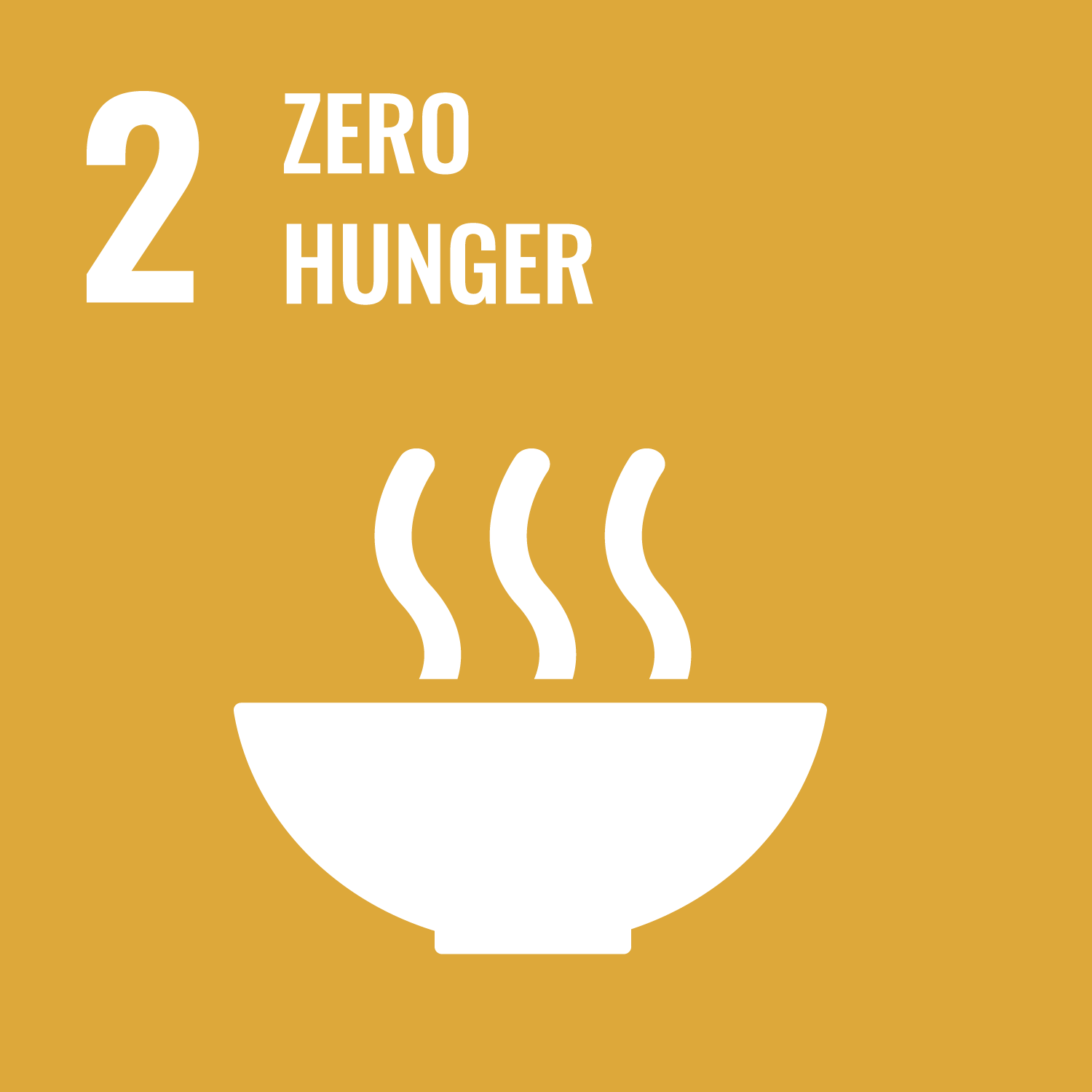
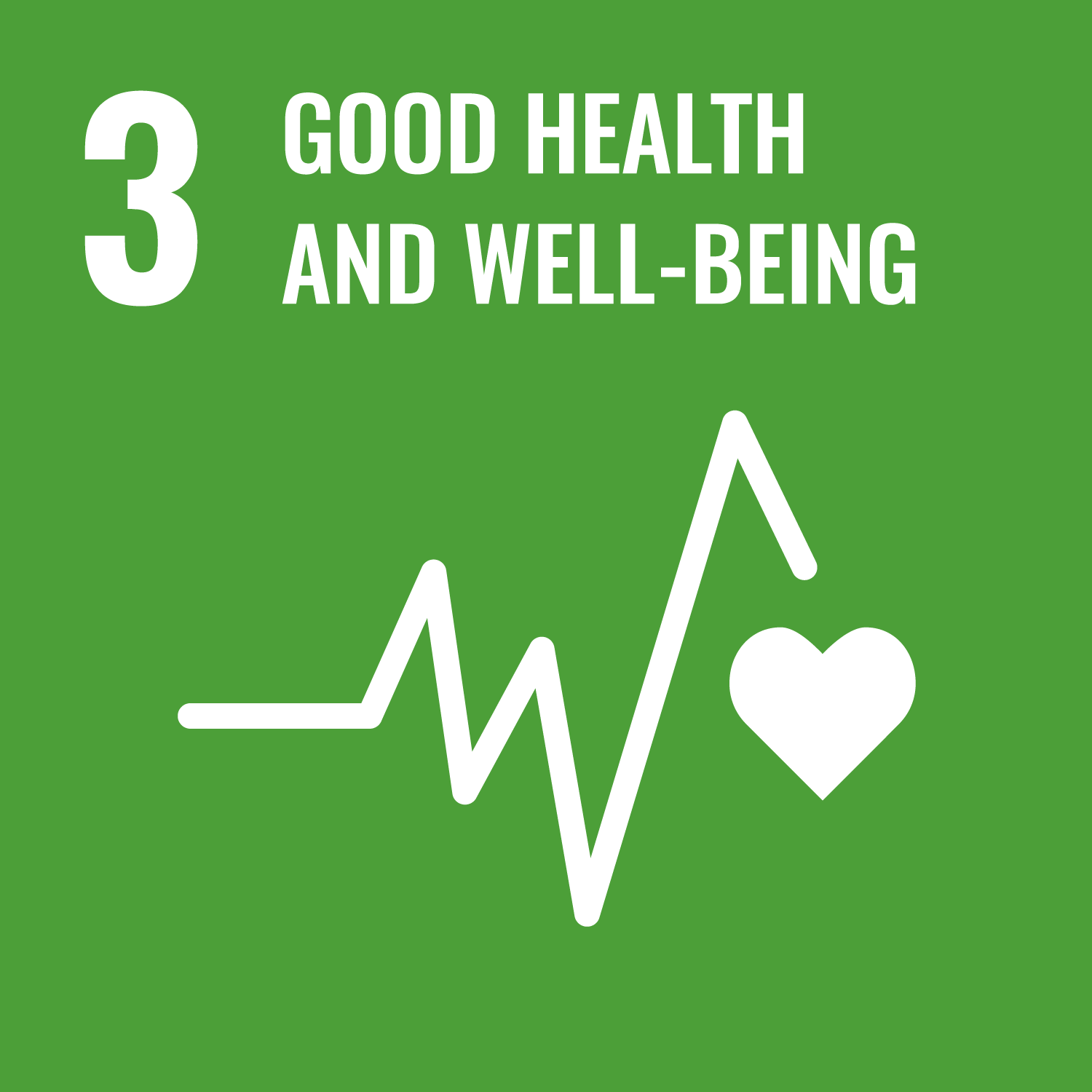
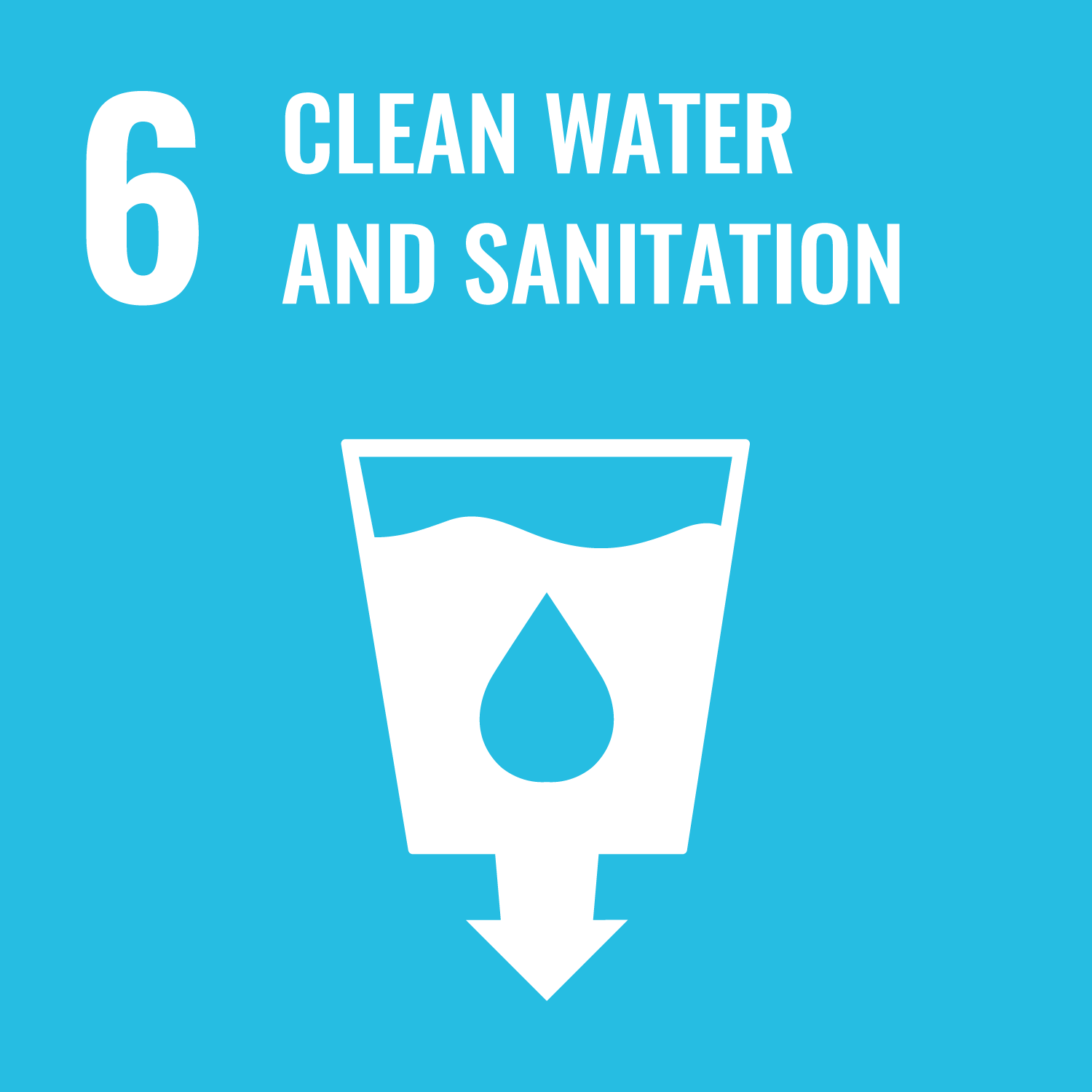

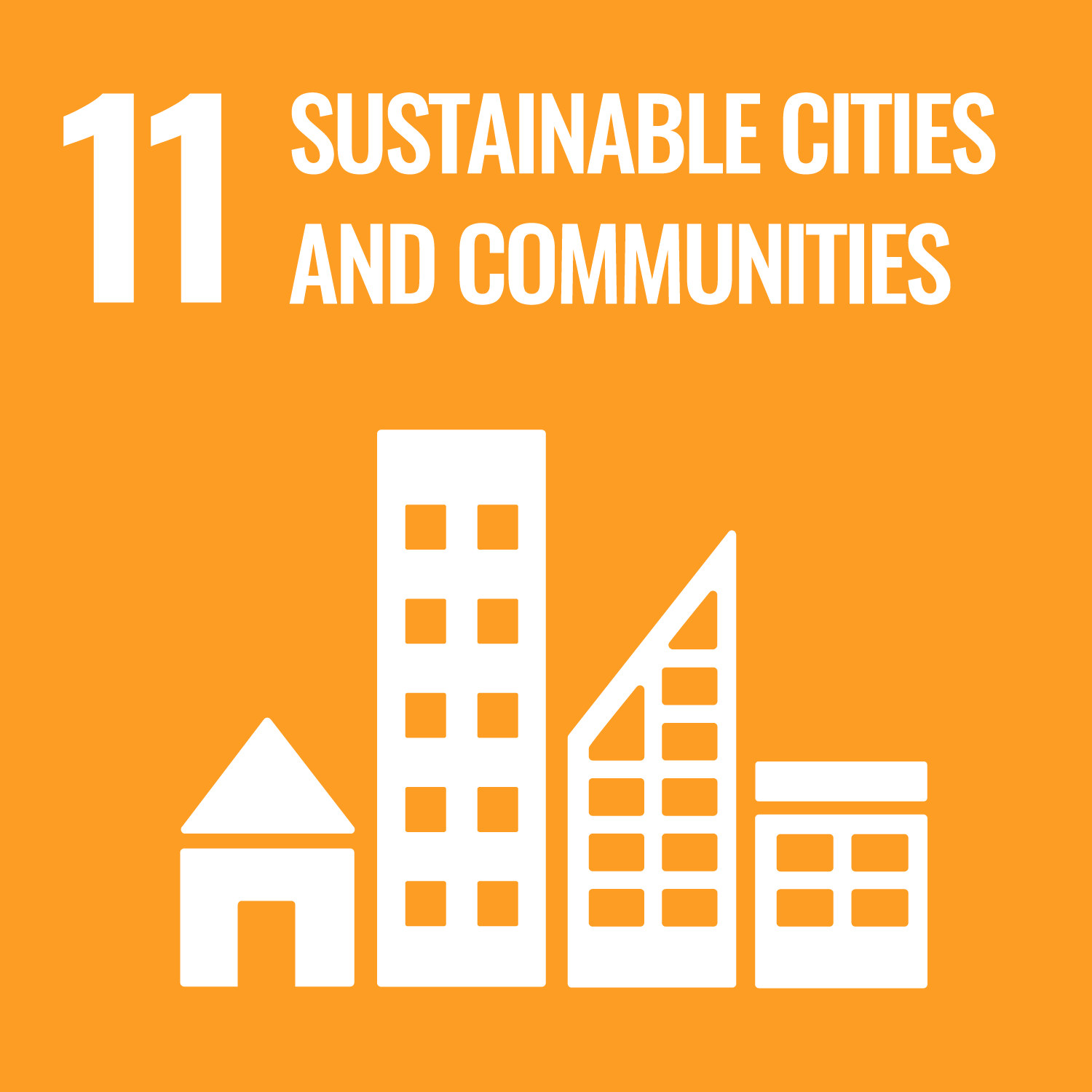
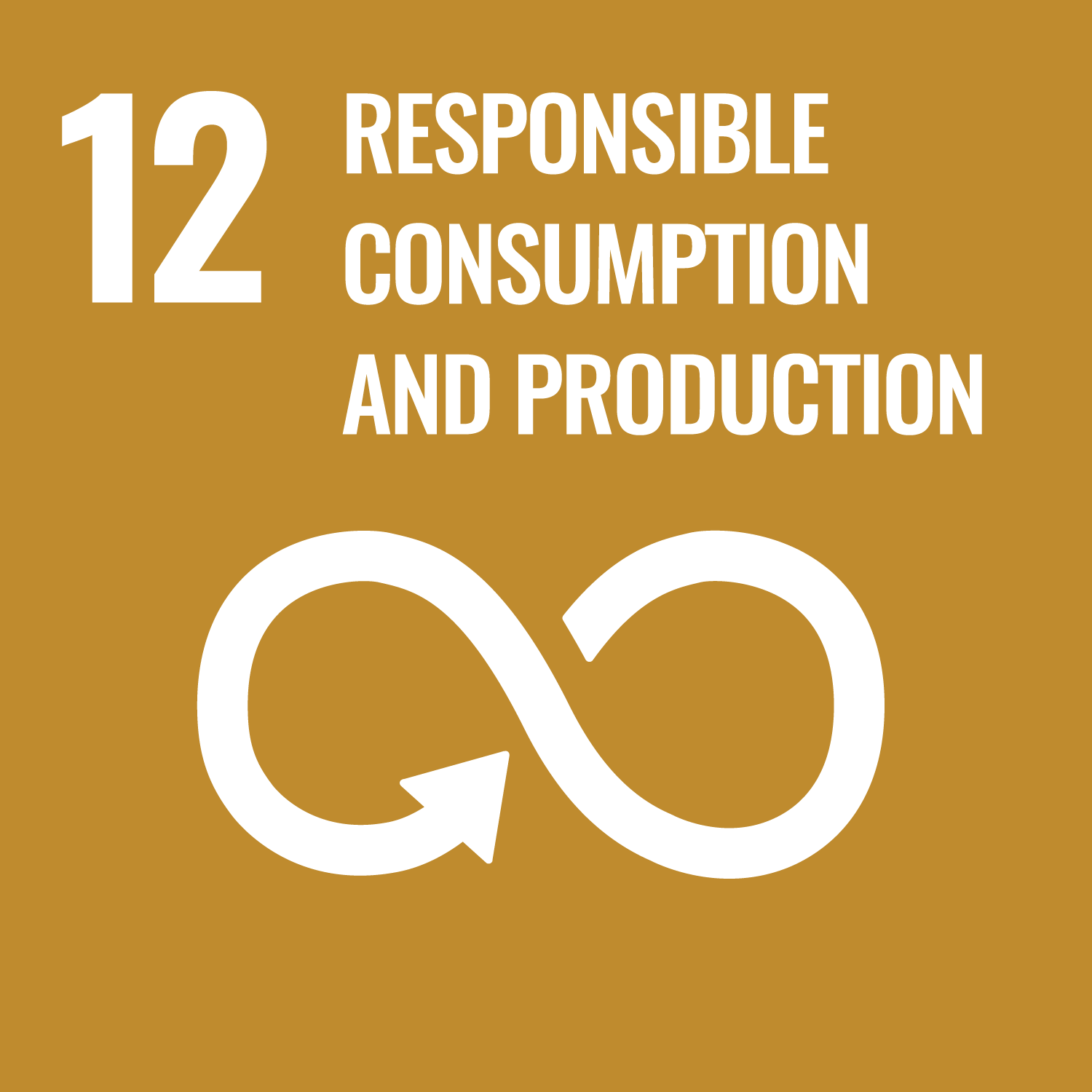
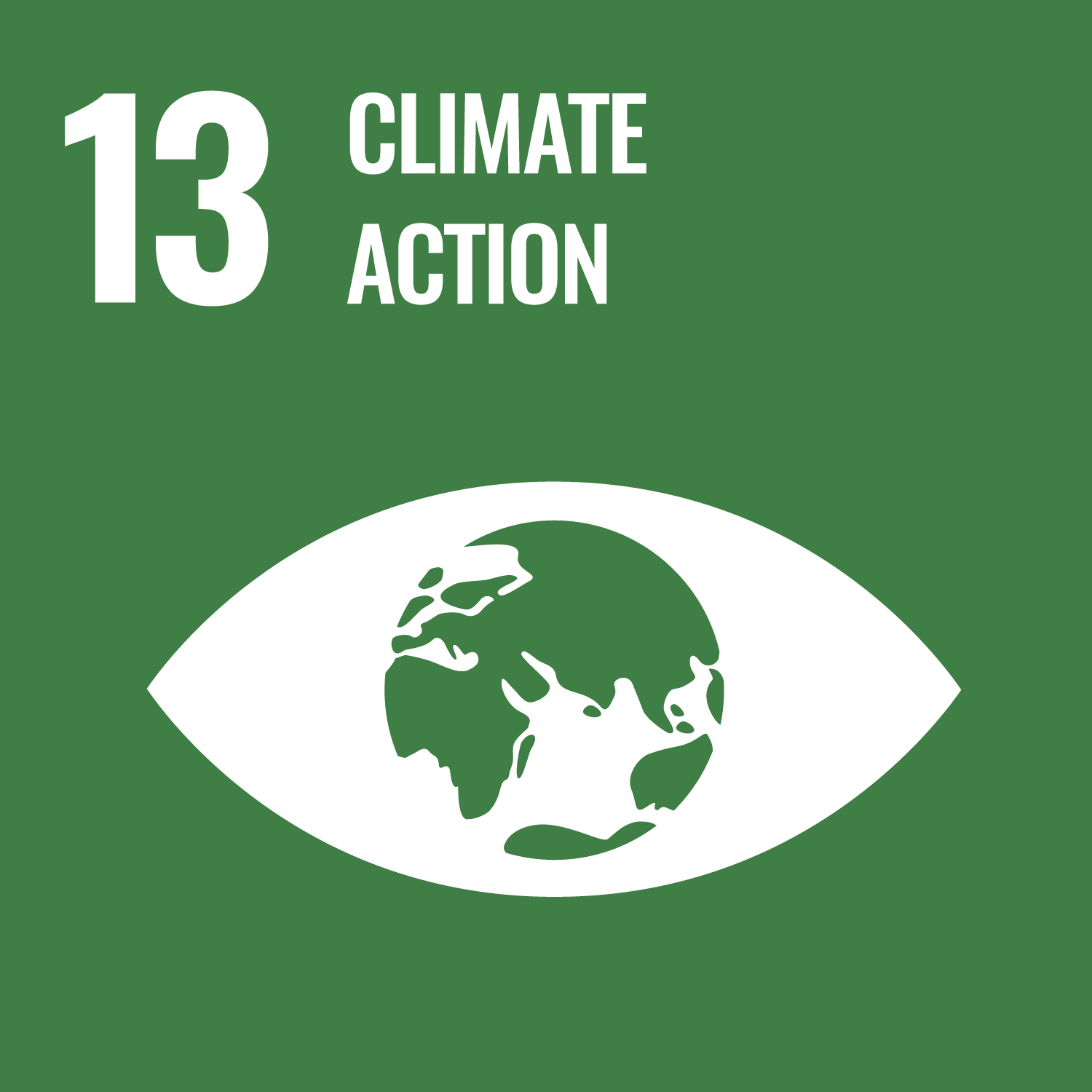
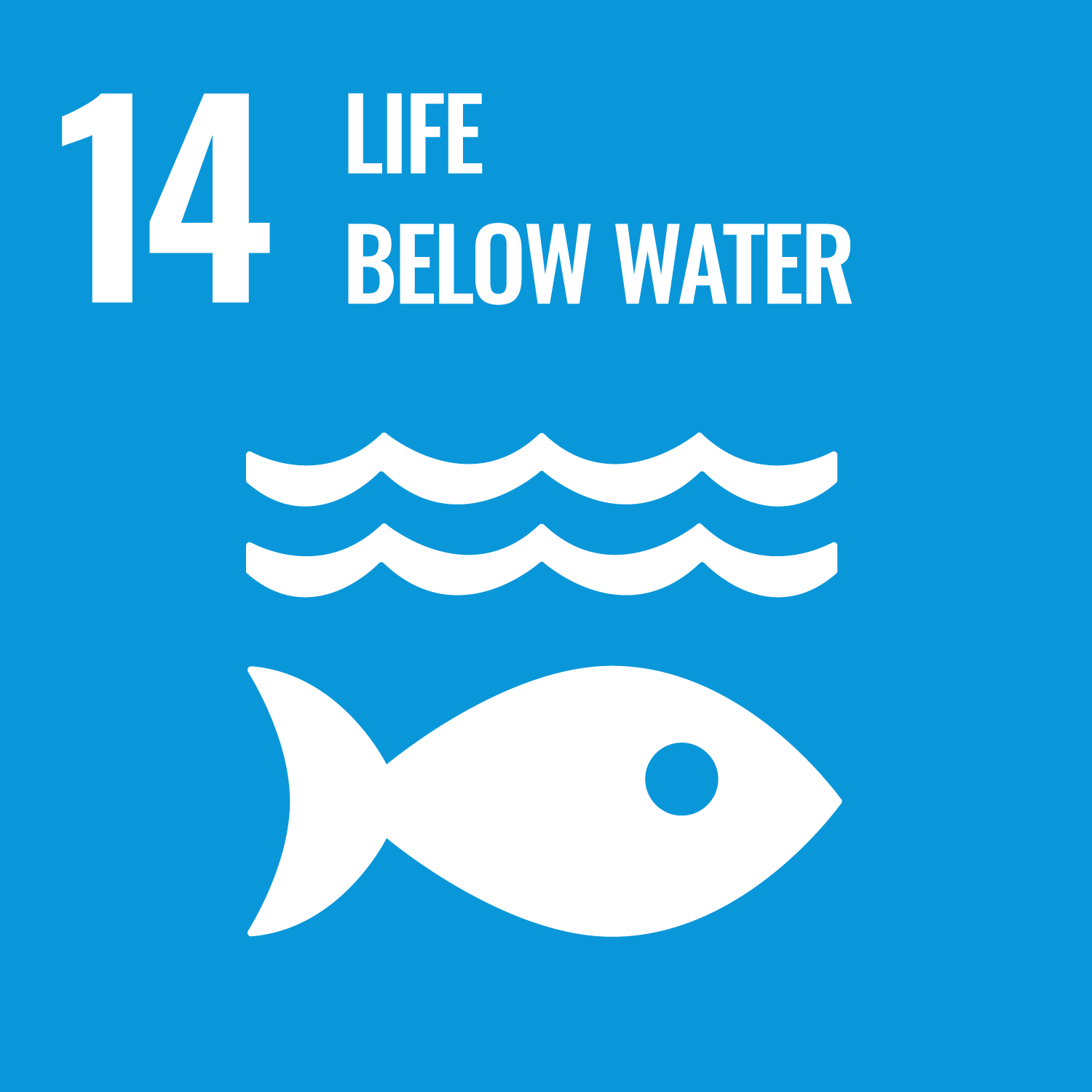
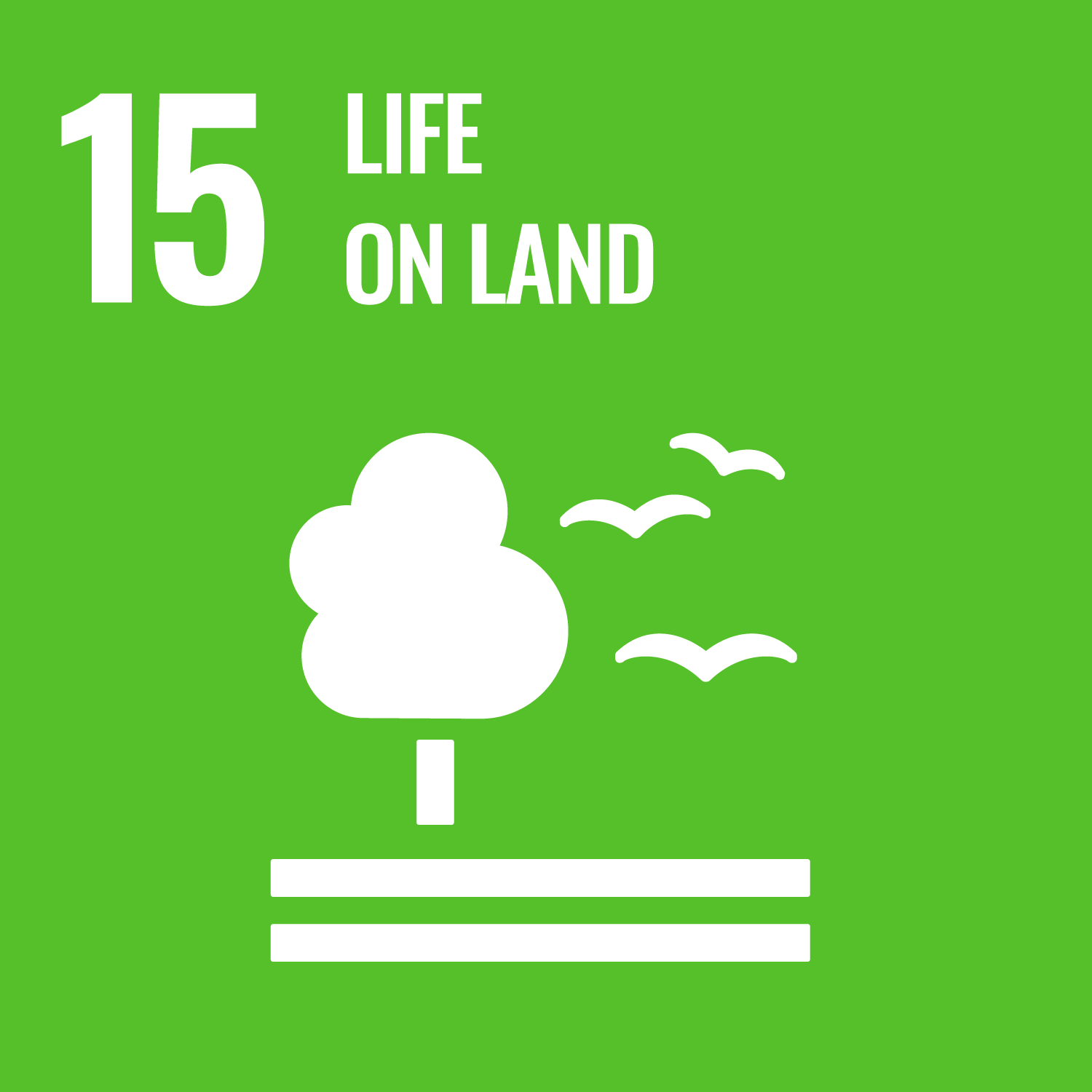
- 2.ZERO HUNGER
- 3.GOOD HEALTH AND WELL-BEING
- 6.CLEAN WATER AND SANITATION
- 7.AFFORDABLE AND CLEAN ENERGY
- 11.SUSTAINABLE CITIES AND COMMUNITIES
- 12.RESPONSIBLE CONSUMPTION & PRODUCTION
- 13.CLIMATE ACTION
- 14.LIFE BELOW WATER
- 15.LIFE ON LAND
Last modified : Sat Jun 29 04:47:55 JST 2024

